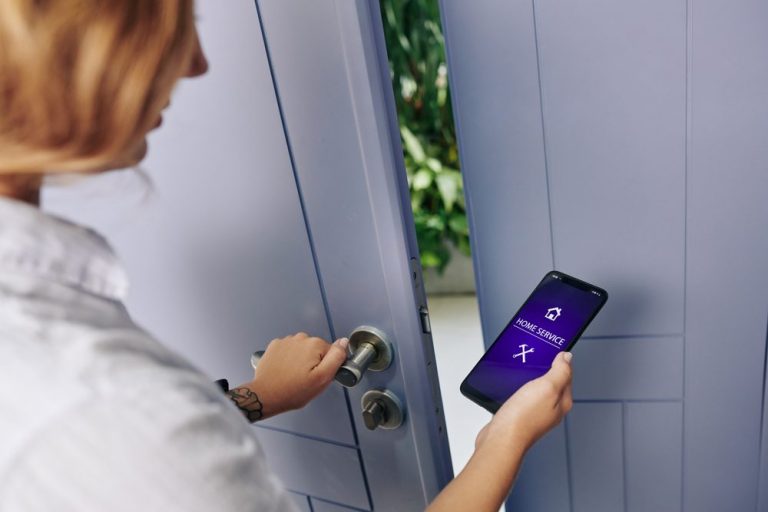Passwordfree vs. Passwordless Authentication: How Do They Differ?
Passwords are becoming less popular, with some cybersecurity experts claiming that the era of using password authentication is over. Apart from various cybersecurity reasons, most people find it difficult to remember and manage their passwords, making passwords unreliable in protecting sensitive data. Fortunately, cybersecurity experts have rolled out new authentication methods that don’t involve passwords.
Passwordless authentication and password free authentication are two new commonly confused terms that are sometimes used interchangeably. While both methods don’t involve the use of passwords, they have some slight differences.
What Is Password Free Authentication?
Password free authentication eliminates the primary use of passwords for user authentication. However, passwords aren’t completely eliminated from the authentication process, as they can still be used for access. Common types of password free authentication include:
- Mobile banking – Nearly all banking apps have provisions for fingerprint authentication on most smartphones. While this gives the illusion that passwords are not required, you need username and password credentials to access your account from the bank’s website.
- Smartphone unlocks – Biometrics, such as face recognition and fingerprint sensors, can be alternatives to passwords to unlock smartphones. While they are effective, the possibility of using passwords remains. For instance, if the light is too low to facilitate face unlock or a fingerprint scan error, you can access your smartphone using your preset password.
- Single sign-on – These accounts are either passwordless or password free, depending on the SSO provider. For instance, if you use Gmail or Facebook to authenticate your account, the SSO website asks the third-party platform to verify and authenticate your identity. Even though the SSO platform becomes password free due to one-click login, you still need a password for your third-party account.
While password free authentication provides convenient and reliable authentication, they don’t eliminate the security risks associated with password use.
What is Passwordless Authentication?
Passwordless authentication completely eliminates the use of passwords from the authentication process. Unlike password free options, apps or websites with passwordless authentication don’t have login provisions, and users are not prompted to create accounts using passwords. Instead, biometrics and other forms of authentication are used to validate user identity:
- Instead of entering their username or password, users scan QR codes on the login page
- Successful authentication directs users to the platform’s primary biometric system, either facial recognition or fingerprint
- Biometric details are verified and validated
- Users can authenticate and initiate sessions if the details match those in login servers
Passwordless authentication is overly reliable and eliminates password-use-associated threats, such as identity theft and phishing scams. Businesses that have adopted passwordless authentication also report increased productivity, decreased IT costs, and offers a better user experience.
Endnote
Passwords are increasingly becoming unsafe in the current digital era, with a Verizon survey showing that 43% of data breaches in 2021 were due to phishing and pretexting scams. Fortunately, password free and passwordless authentication can help organizations mitigate these exposures.







